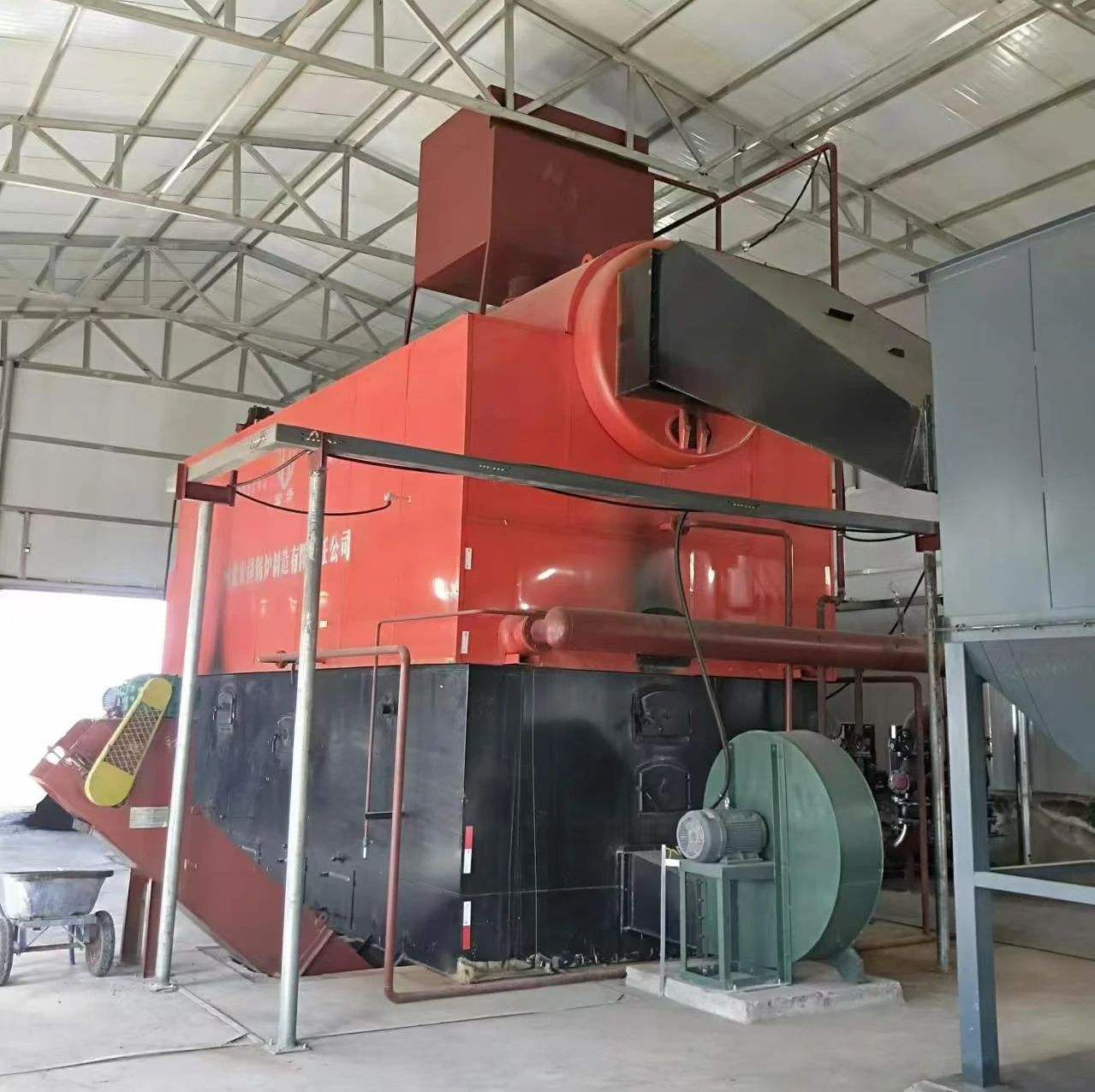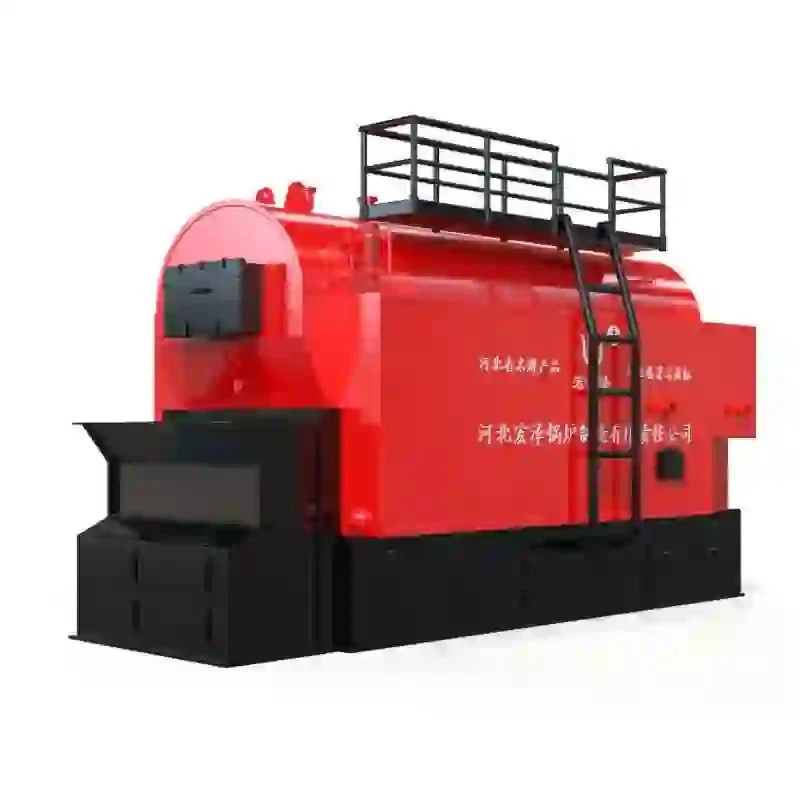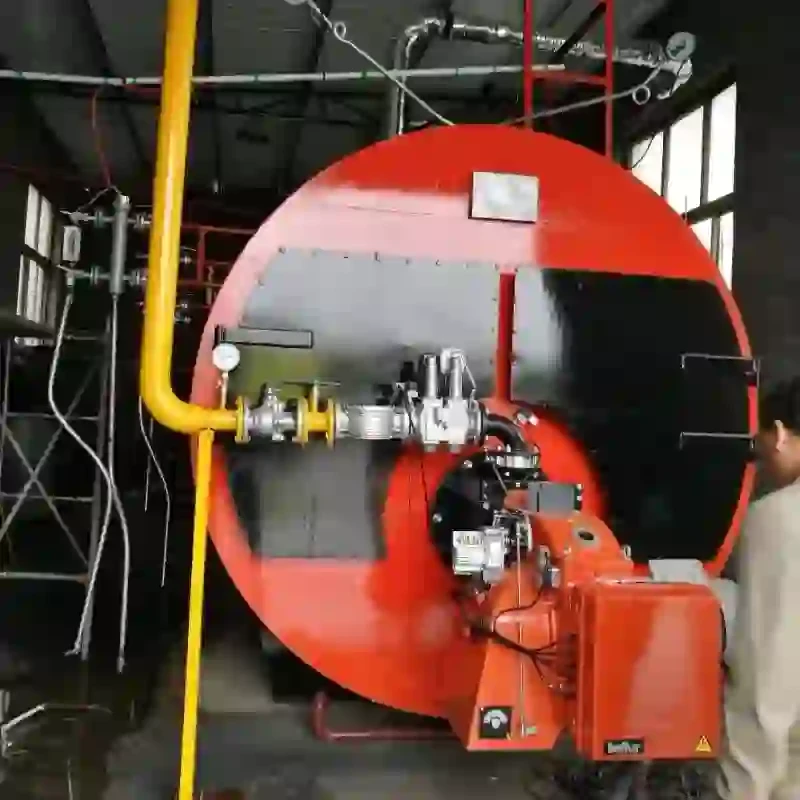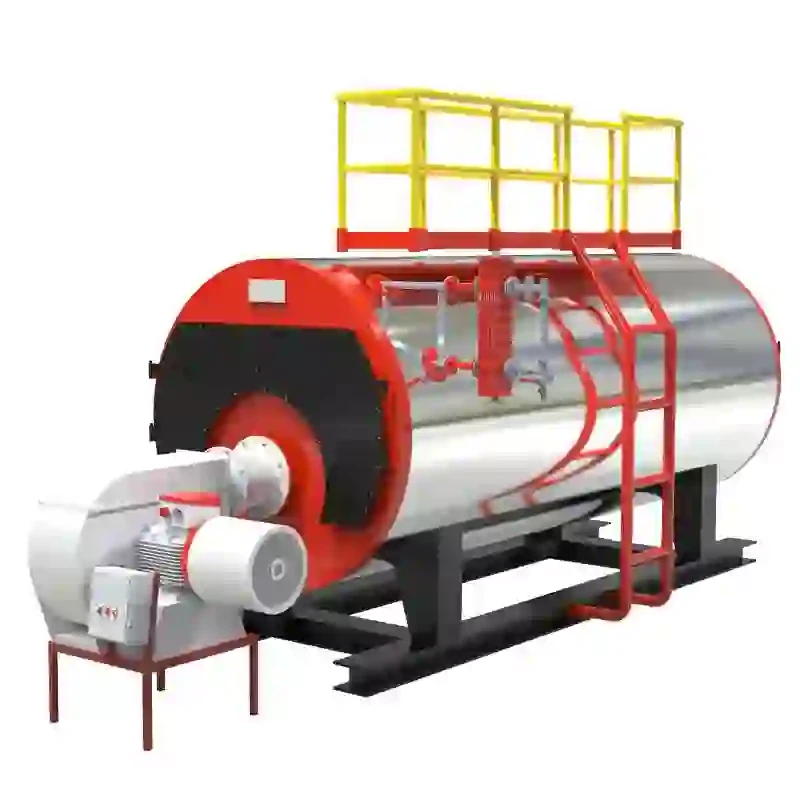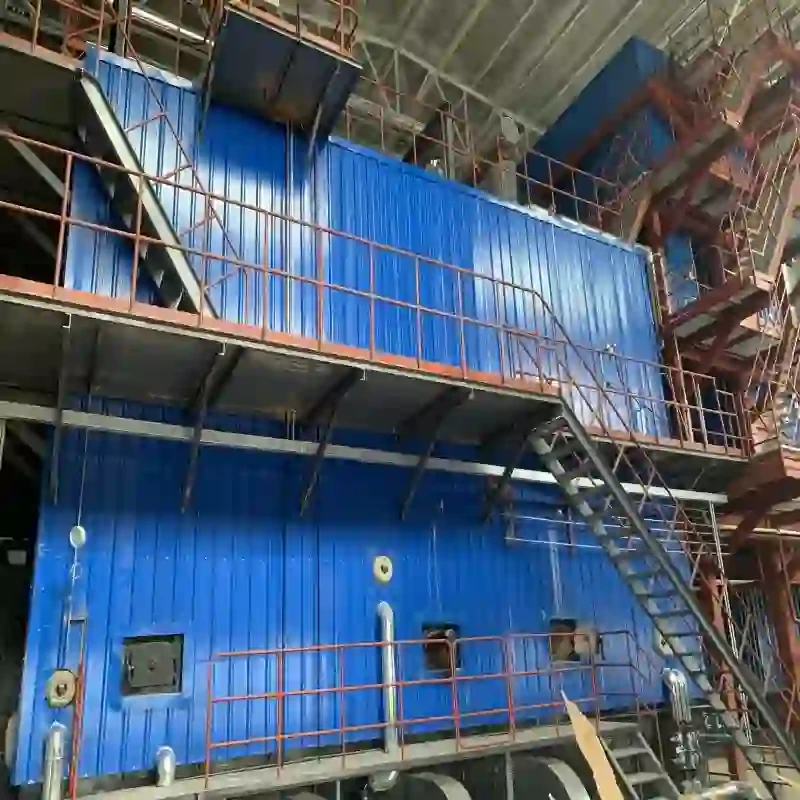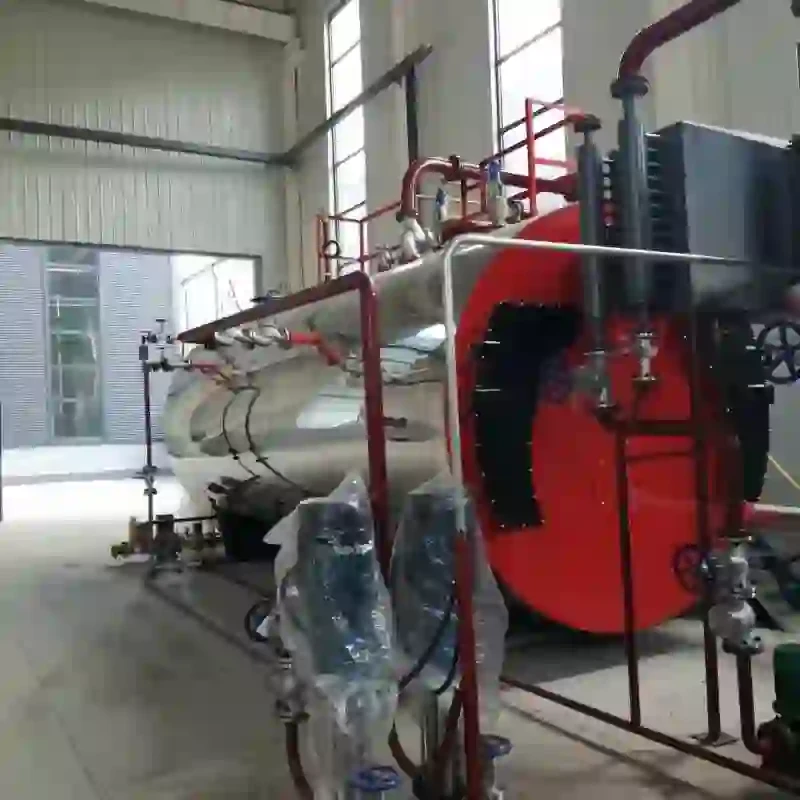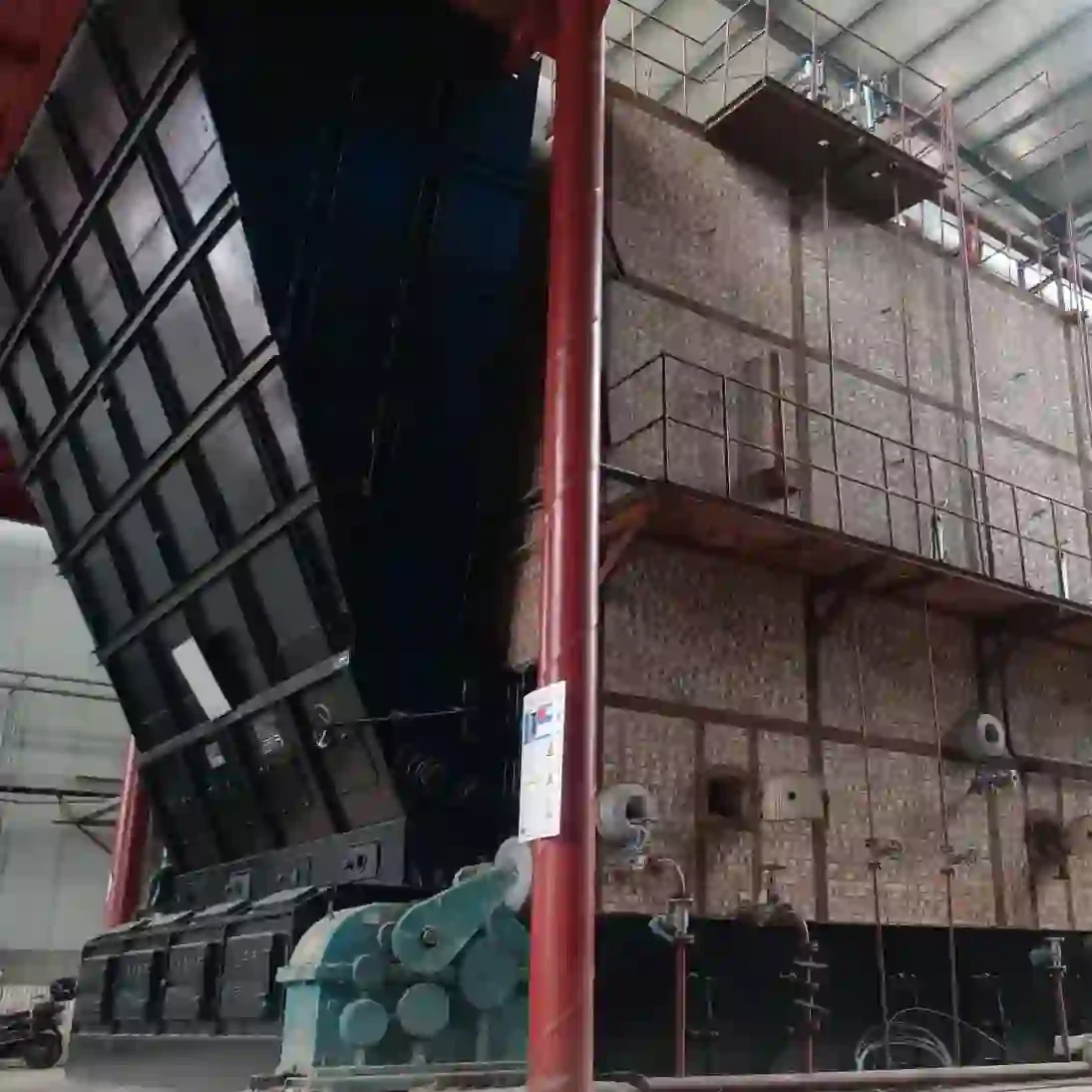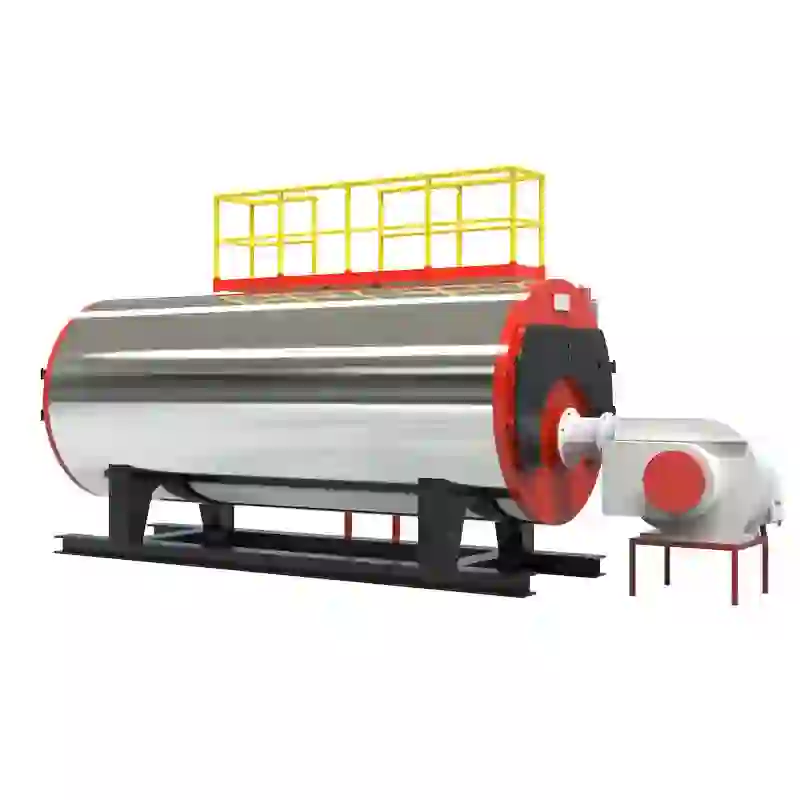
Окт . 14, 2024 08:18 Back to list
Types and Variations of Steam Boilers for Industrial Applications
Steam boilers, essential components in many industries, serve as vital systems for generating steam used in various applications such as heating, power generation, and process operations. The types of steam boilers available on the market can be categorized predominantly into fire-tube and water-tube boilers, each with unique features, advantages, and applications.
Fire-Tube Boilers
Fire-tube boilers are among the oldest types of steam boilers. In this design, hot gases generated from burning fuel pass through tubes that are surrounded by water. The heat from the gases transfers to the water, converting it into steam. Fire-tube boilers can be further classified into several sub-types, including the horizontal return tubular (HRT) boiler, the Scotch marine boiler, and the vertical boiler.
The horizontal return tubular boiler is a common fire-tube design characterized by its cylindrical shape with tubes extending horizontally. Due to its simple design and ease of operation, it has been widely used in industrial settings for years. The Scotch marine boiler, another prevalent fire-tube type, features a cylindrical shell with multiple fire tubes, providing efficient heat exchange. This design is particularly known for its robust construction and can be utilized in various applications, including marine engines.
Water-Tube Boilers
In contrast, water-tube boilers are designed with water-filled tubes heated by the combustion gases. As opposed to the fire-tube design, where heat flows through the tubes, the water-tube design allows for greater flexibility and pressure handling. Water-tube boilers can operate at higher pressures and temperatures, making them suitable for applications that require large-scale steam production.
steam boiler types
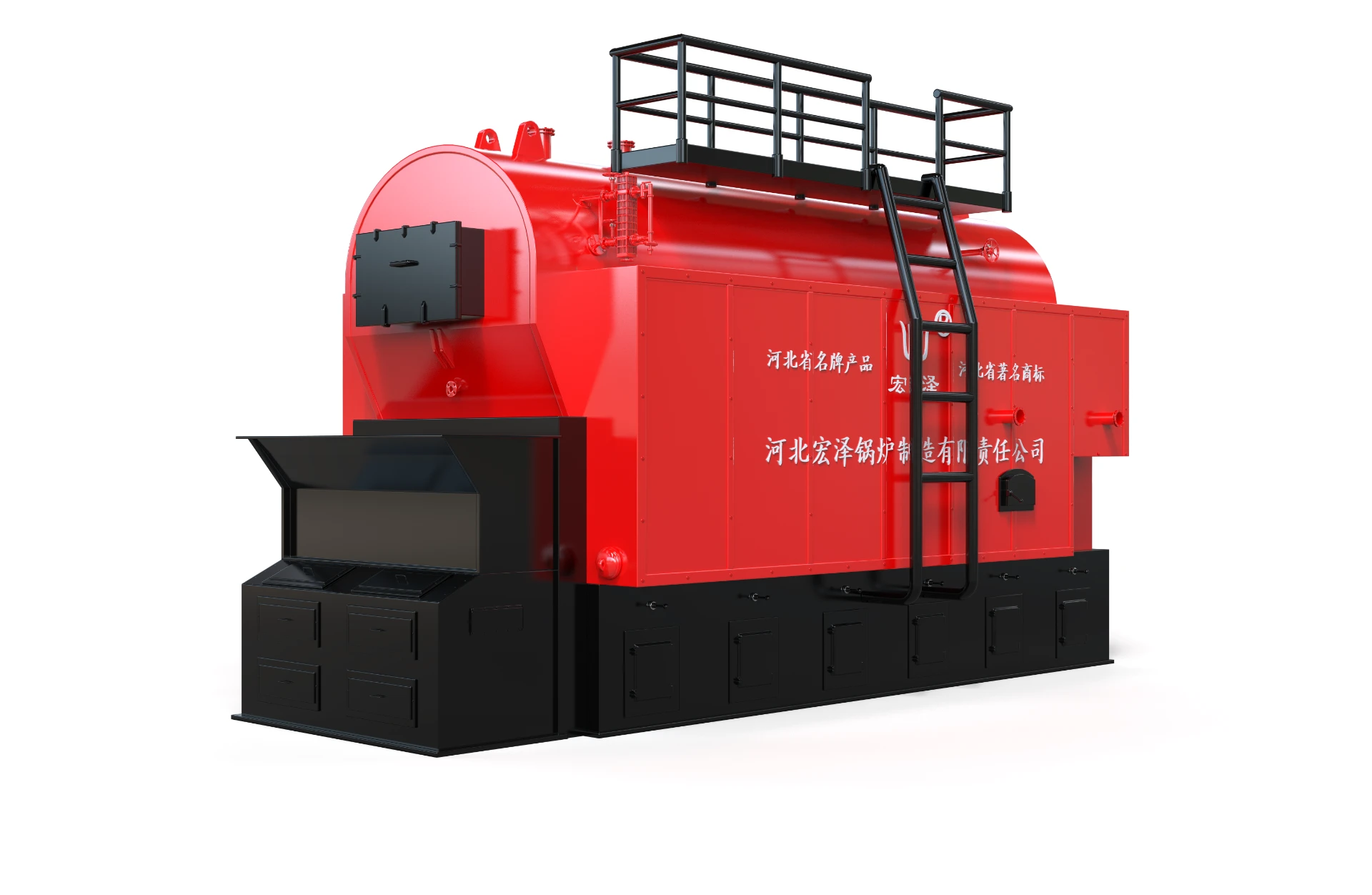
Common configurations of water-tube boilers include the bent-tube and straight-tube types. Bent-tube boilers, known for their compact design, curve the water tubes to facilitate efficient heat transfer and steam production. They are often used in larger power plants due to their ability to handle higher steam output. Straight-tube boilers, while similar, have straight tubes that allow for substantial steam generation but may require more space.
Key Differences and Applications
The primary difference between fire-tube and water-tube boilers lies in their structure and operational efficiency. Fire-tube boilers are generally easier to maintain and operate at lower pressures, making them suitable for smaller facilities or applications where steam quality is less critical. They are commonly used in breweries, food processing plants, and small-scale manufacturing facilities.
Conversely, water-tube boilers are preferred in industries where large amounts of high-pressure steam are needed. They find extensive use in power plants, refineries, and large manufacturing operations where efficiency and reliability are paramount. Their ability to quickly respond to fluctuations in steam demand also makes them attractive for use in cogeneration systems where steam and electricity are produced simultaneously.
Conclusion
In summary, the choice of steam boiler type depends on factors such as application, steam requirements, efficiency, and maintenance considerations. Fire-tube boilers remain a reliable choice for smaller applications, while water-tube boilers dominate in high-demand environments. Understanding the characteristics and capabilities of each boiler type is crucial for industries seeking to optimize their steam generation processes. As technology continues to advance, innovations in boiler design and operation will undoubtedly enhance their efficiency and sustainability, contributing to more sustainable industrial practices in the future.
-
Efficient Biomass Fired Hot Water Boiler | AI Heating Solution
NewsAug.01,2025
-
High-Efficiency Gas Thermal Oil Boilers | HPT Models
NewsJul.31,2025
-
Oil Fired Hot Water Boilers Sale - High Efficiency & Affordable
NewsJul.31,2025
-
High-Efficiency Commercial Oil Fired Steam Boiler for Industry
NewsJul.30,2025
-
High-Efficiency Biomass Fired Thermal Oil Boiler Solutions
NewsJul.30,2025
-
High Efficiency Gas Fired Thermal Oil Boiler for Industrial Heating
NewsJul.29,2025
Related PRODUCTS






